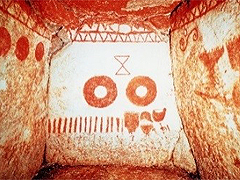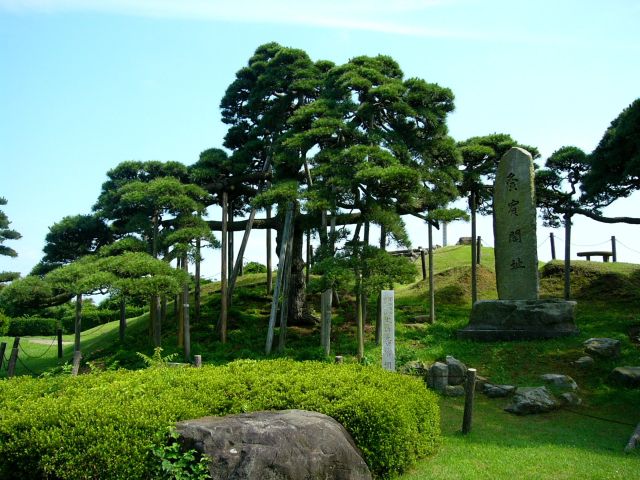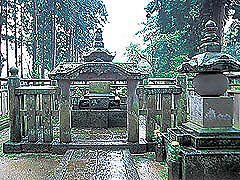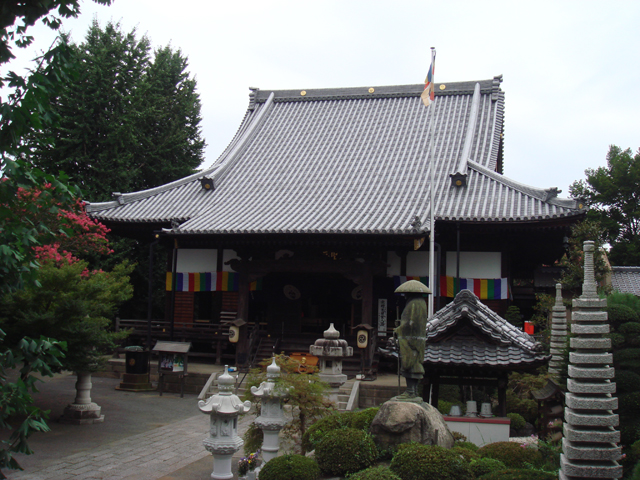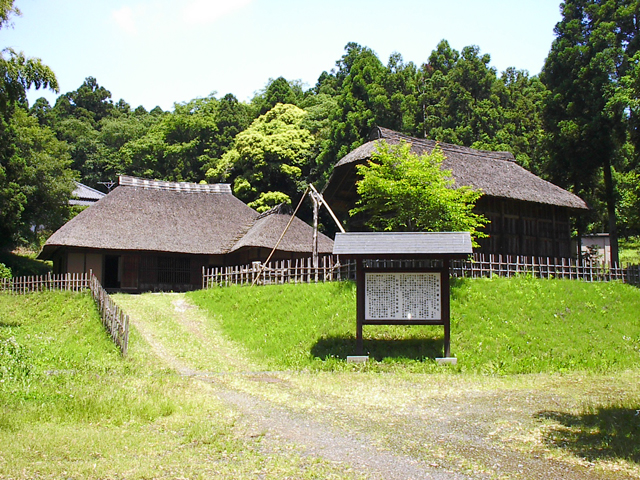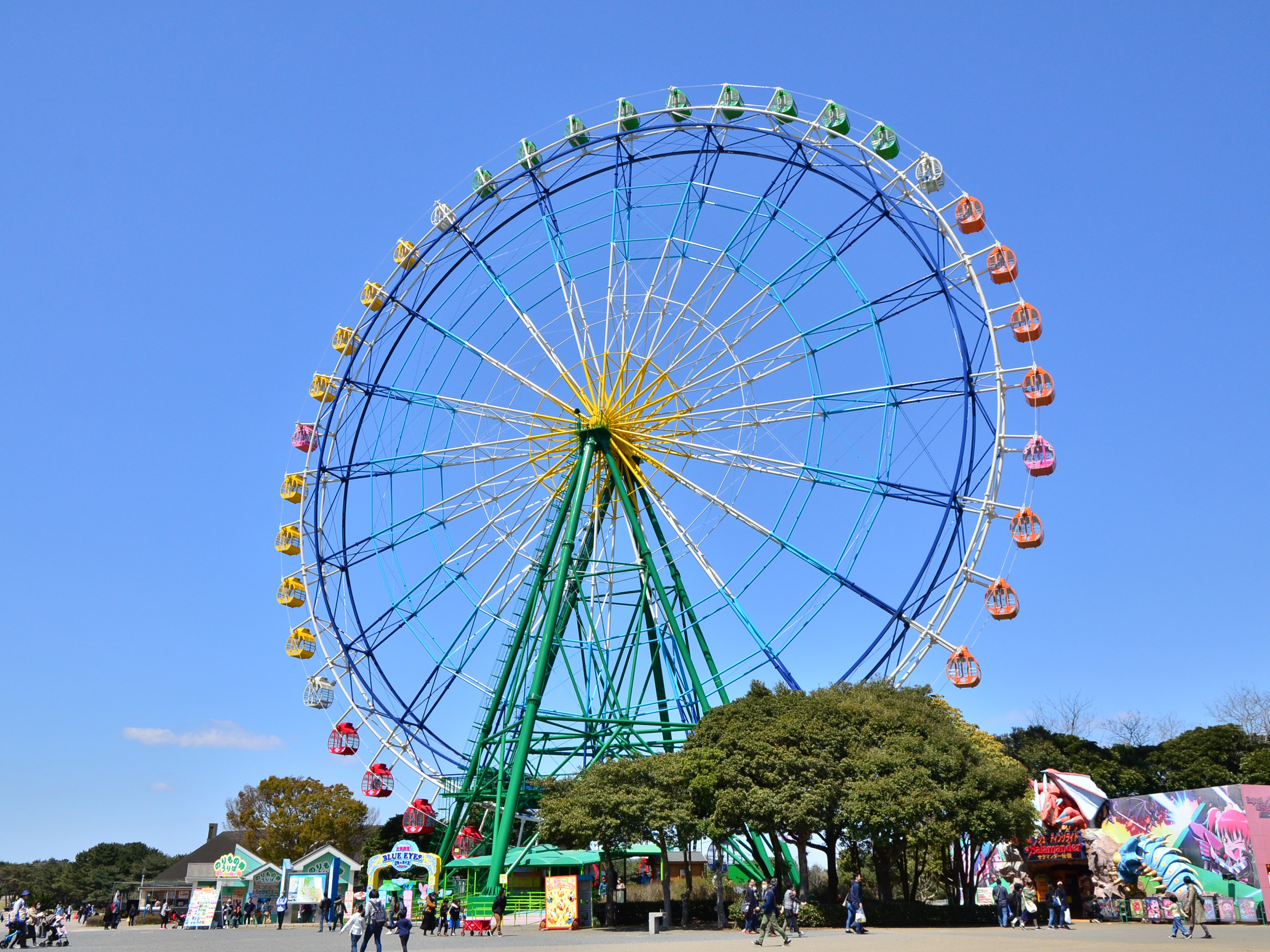
Large Ferris wheel in pleasure garden (amusement park)
State-run Hitachi Seaside Park
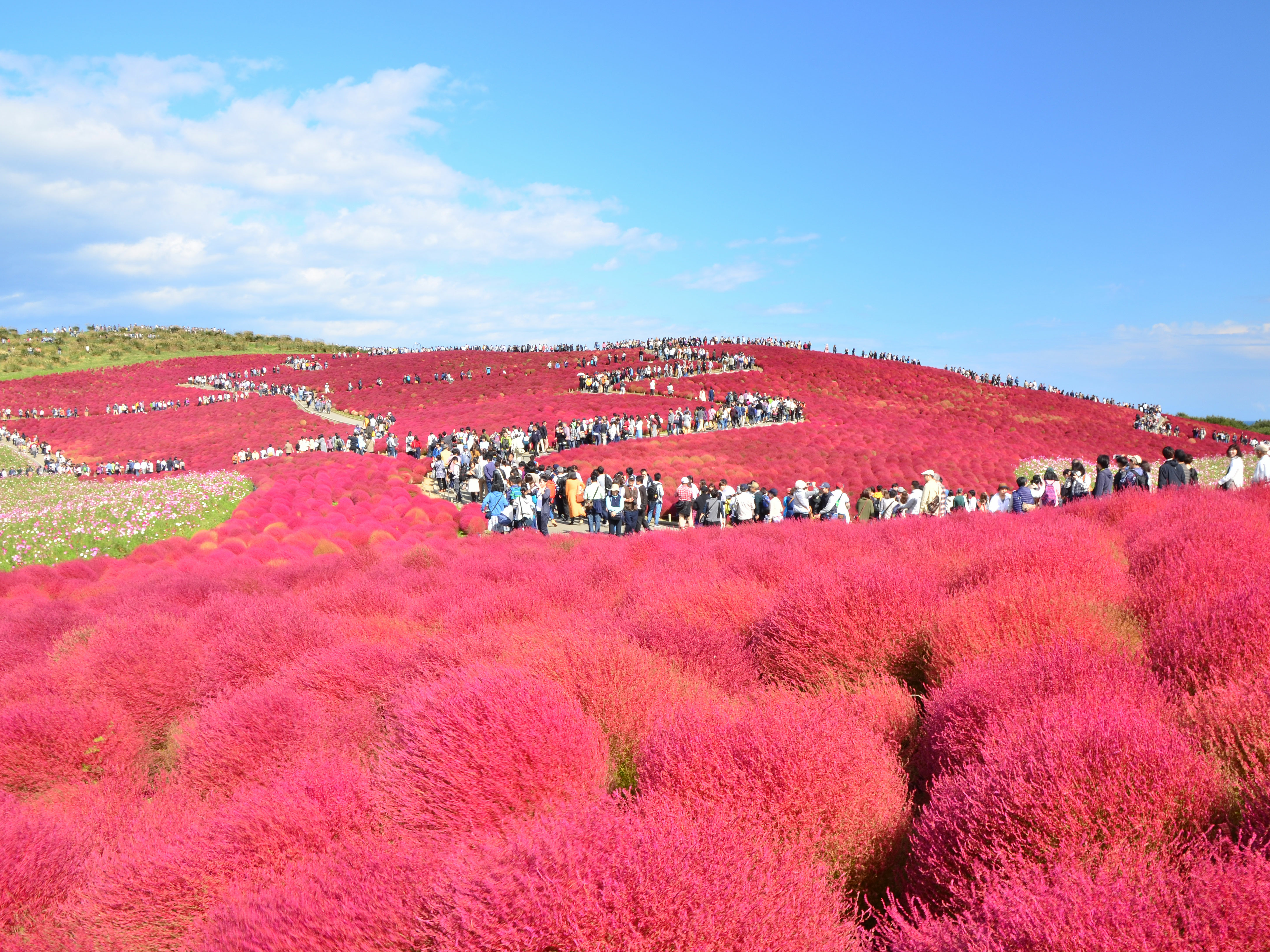
In mid-October, the hills are vividly stained with kokia (autumn leaves) and cosmos
State-run Hitachi Seaside Park

Tulip (Egg Forest Flower Garden), mid-April to late April
State-run Hitachi Seaside Park
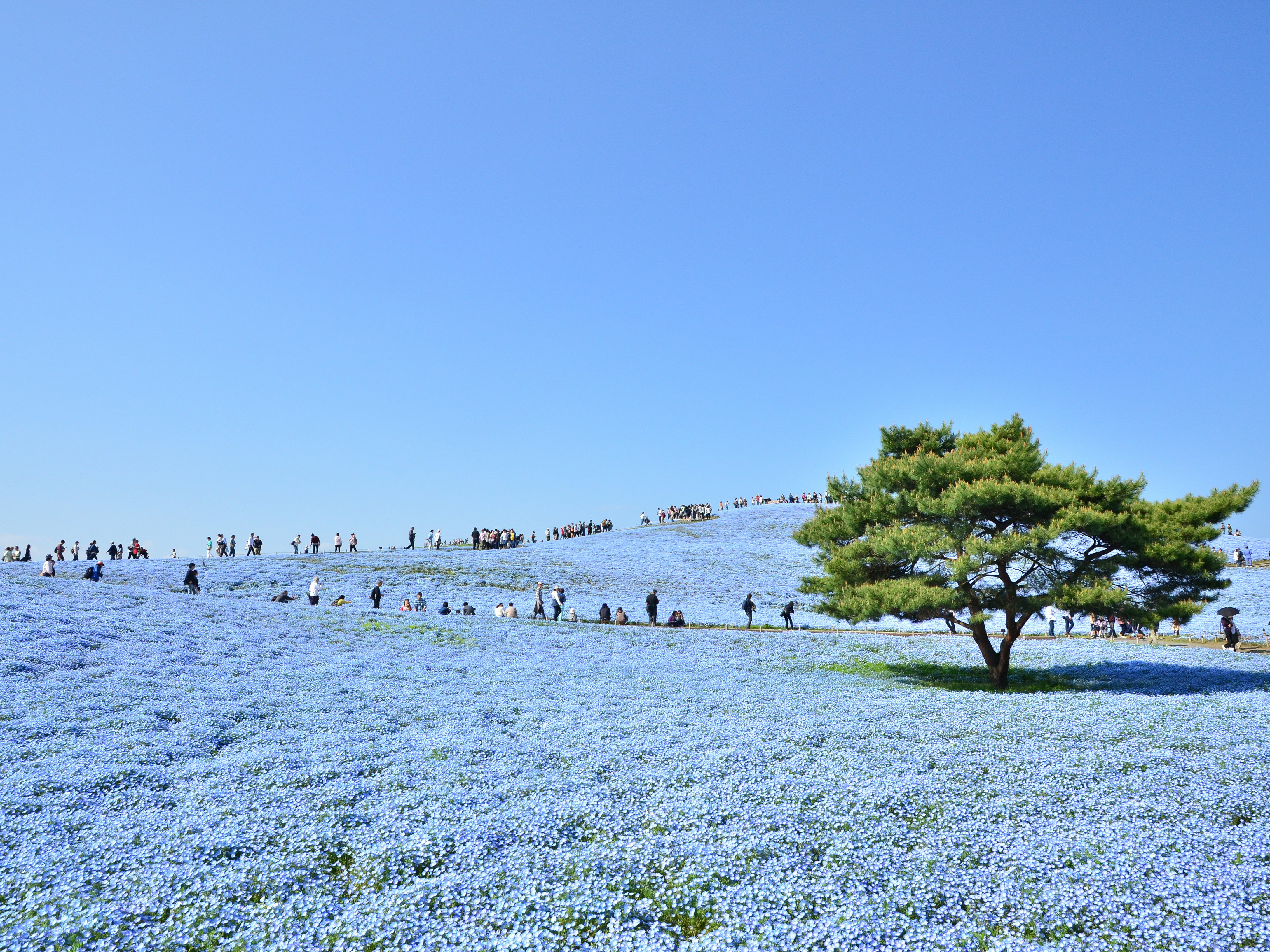
Nemophila (Mihara Hill), usually seen from mid-April to early May
State-run Hitachi Seaside Park
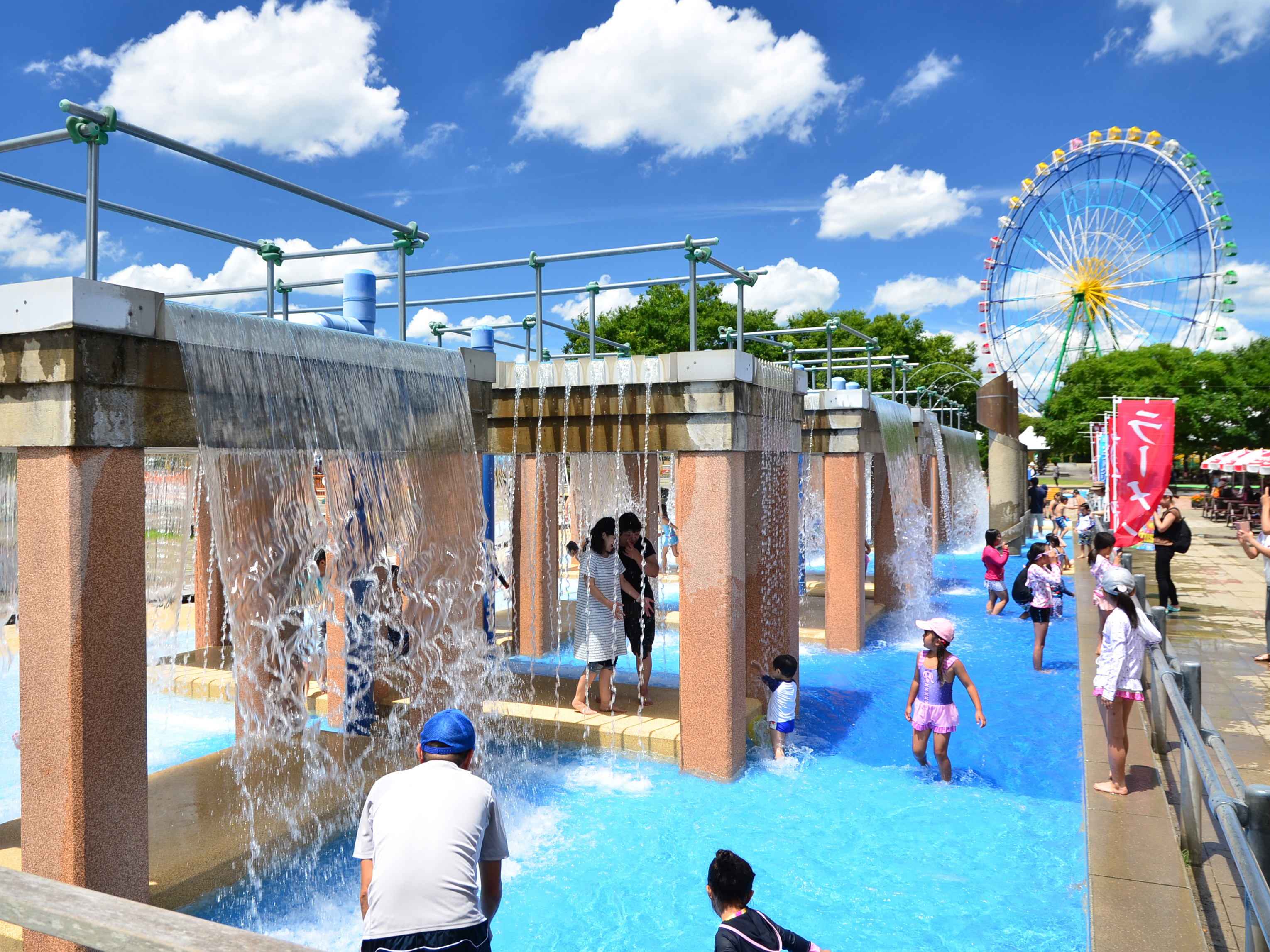
Water play square
State-run Hitachi Seaside Park
The information provided reflects the details available at the time of the survey.
Please note that facility details may change due to the facility’s circumstances, so please check for the latest information before visiting.
This content has been translated using machine translation.
Information provided by: JTB Publishing
This content uses automatic translation services. Automatic translations may not always be accurate.
Please note that the translated content may differ from the original meaning. We ask for your understanding when using this content.

